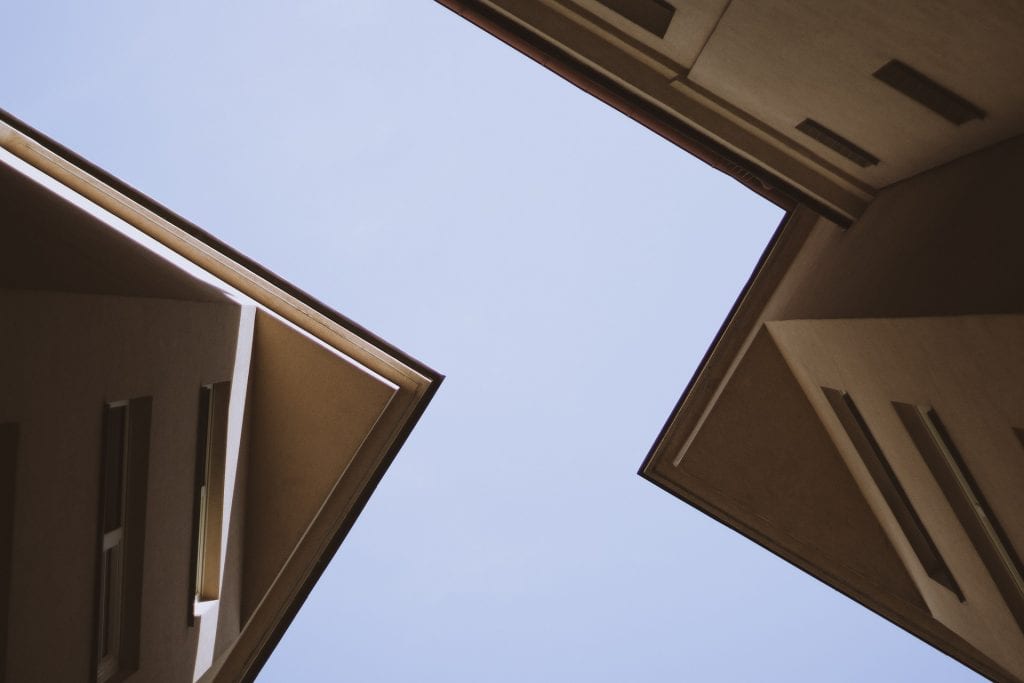

By Lance McCarthy
10 things you should know before replacing your roof.
A roof is kind of like
Since water is one of the most dangerous enemies of a house, and a roof is supposed to keep out water, some of the tips I have below just might pay off big some time in the future!
Types:
- Architectural shingle-most roofs in this area are made of an asphalt based flexible shingle that is nailed on and lasts roughly 20 years (although many of them have a lifetime warranty…more on that later!)
- Wood-this is less popular than it was in the roaring ‘80s due to the flammability and the fact that silverfish see it as a must-have on their housing wishlist. It is still beautiful, and can be a great option if it is allowed by the city code.
- Metal-isn’t used as much around here, but one of my favorites. If they are installed correctly, they can last indefinitely with little maintenance. They can cost double or triple a nice architectural shingle though.
- Tile or Cement-Becoming more common, and is a great lifetime shingle option…if it is installed correctly. Make sure the structure can handle the weight!
- Three-tab or roll roofing-this is a great option if you enjoy repairing leaks as a hobby. They are thinly constructed, and are more vulnerable to heat and cracking.
Questions to ask the roofer:
- What is your mod rate? Worker’s comp insurance for roofers is insanely expensive, but there is a reason for that. Roofing is a dangerous occupation. By asking for their “mod rate”, you are checking two things. First, that they actually have worker’s comp insurance (make sure the workers on the roof are covered too), and second, their safety rate. A mod rate below 1 is great, above 1 means they’ve had some accidents.
- How will you protect my house? Roofing is messy. Ladders hitting gutters, shingles falling on rose bushes, roofers peeing off the back gable…walk around the house and find out what their plan is to make sure you don’t end up with broken windows or scuffed siding. Protect those petunias!
- Where do you put ice and water shield? Ice and water shield is a super-powered underlayment, and should be used anywhere leaks are a concern. The good roofers will put this in every valley, around every penetration, and up from the bottom edge of the roof to 24” inside the exterior wall. ***most roofers only do 1 roll up from the bottom edge, but that may not get them all the way up to where it should be.
- How will we agree you are done? You and the installer should agree beforehand to some criteria for acceptable installation practices and level of finish. Try my “best practice checklist” to help.
- What is your work address? There are some great roofers out there, but there are also a lot of out of town companies, and some really shifty in-town ones. Google map their address and make sure they are an established company with a sign on the building. You are trusting this company with a lot of possible worst case scenarios, so do your homework.
- Are you registered with the state? Roofers working in Kansas are legally required to register with the Attorney General. Check the list here to make sure they have done that.

